Wood Betony, a Fascinating Herb with Many Benefits
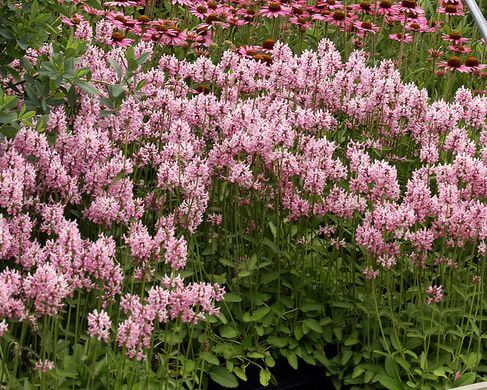
Wood betony (Stachys officinalis) is a perennial grassland herb that’s native to Europe, Western Asia, and Northern Africa. At first glance, people might dismiss wood betony merely as a pretty ornamental plant. However, this plant actually has a strong reputation of being a panacea since ancient times. People claim that this herb can cure anything, […]
St. John’s Wort, a Vibrant Edible Great for Depression

St. John’s wort (Hypericum perforatum) is a flowering perennial plant that’s native to Europe. This plant can be distinguished by its yellow, star-shaped flowers which were said to first appear on St. John the Baptist’s birthday. For centuries, this plant has been used as a herbal remedy, mainly for skin problems, depression, and other mental […]
Motherwort, Calming and Relieving the Anxious Mind
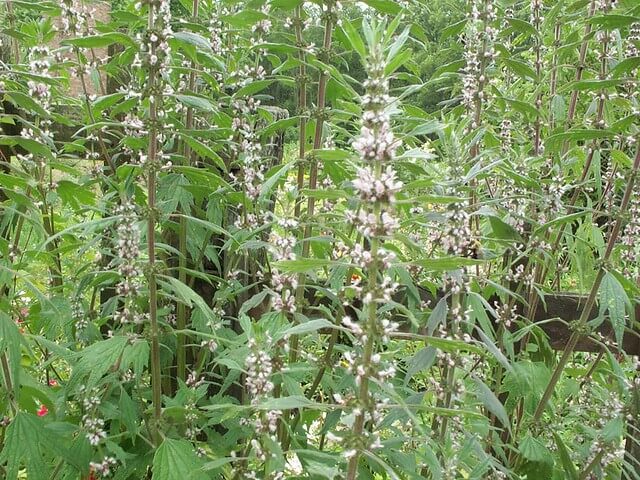
Motherwort (Leonurus cardiaca) is an herbaceous perennial plant that belongs to the mint family. This herb is native to Eurasia, but it can be found cultivated all around the world as an herbal remedy. Motherwort is most commonly used to treat heart diseases and women’s disorders. In the wild, they can be found easily in […]
Marsh Mallow, the Sweet Edible that Inspired the Candy
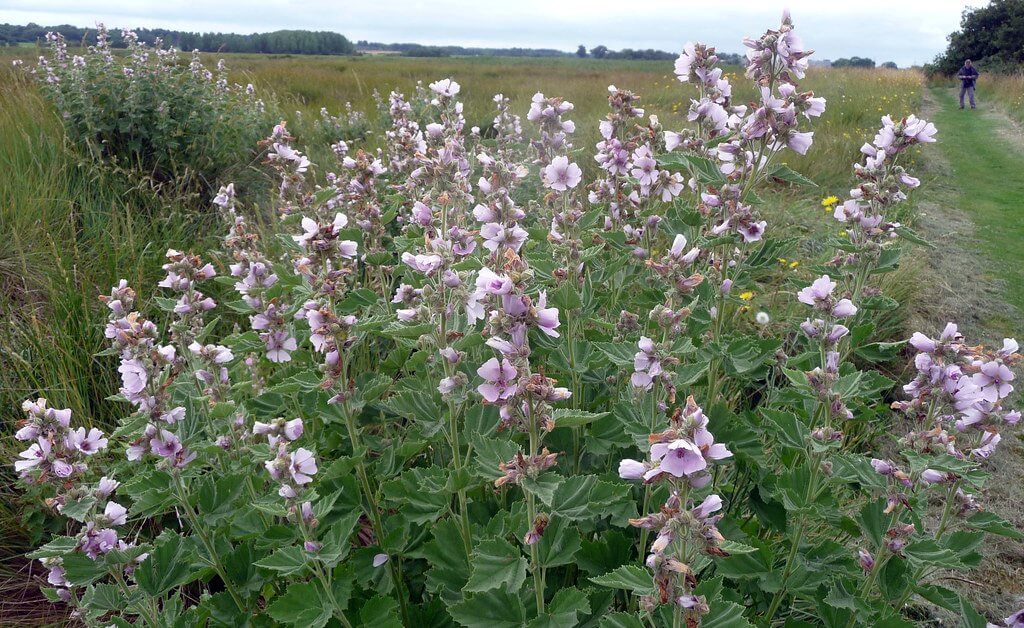
When you hear the word “marshmallow”, you will definitely think of a puffy, white candy. And while you wouldn’t be wrong, did you know that there’s a marsh-mallow plant (Althea officinalis)? This plant inspired the texture of the modern sweet treat. Ancient Egyptians used to make the dessert by mixing honey and nuts with the […]
Marjoram, an Aromatic Herb with Many Medicinal Uses
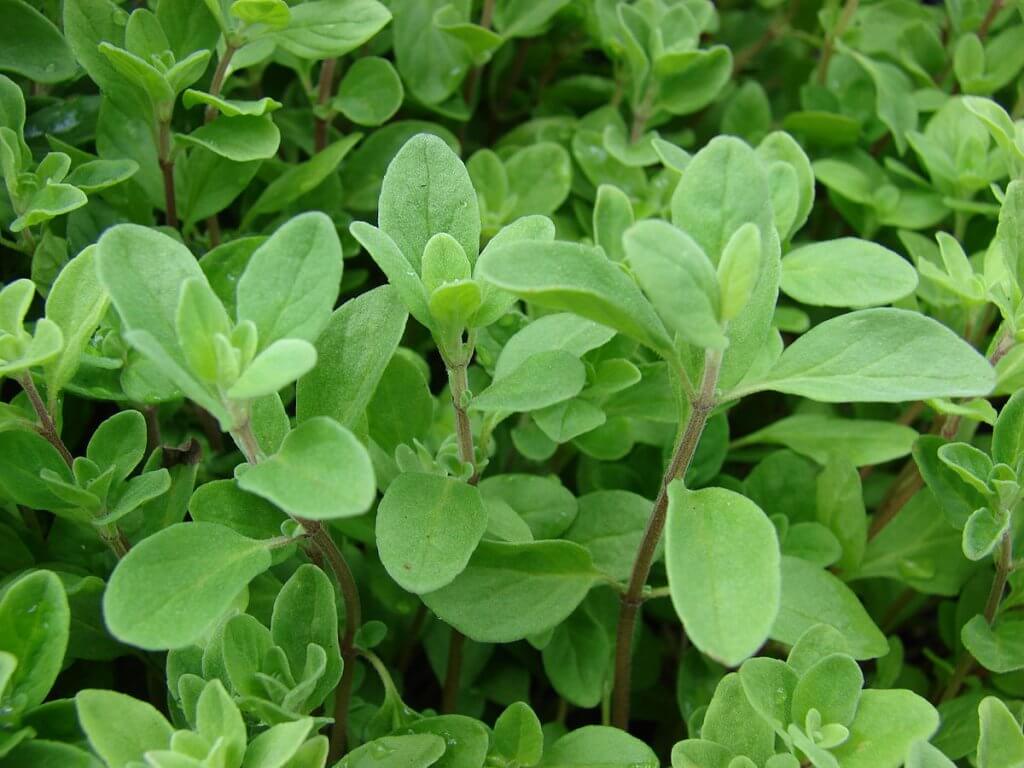
Often confused for oregano, its cousin, marjoram (Origanum majorana) is a wonderful aromatic herb on its own. Marjoram is a perennial herb that’s native to Western Asia and the Mediterranean region. It’s cultivated all around the world for its culinary and medicinal benefits. Edibility and culinary use Marjoram is often used as a substitute for […]
Elderberry, Tasty and Packed with Nutrients

Elderberry (Sambucus canadensis), also known as American black elderberry or common elderberry, is a shrub that can easily be found throughout North America. It’s known for its delicious, dark purple berries and lacy white flowers. Elderberries and elderflowers are famous for their culinary and medicinal uses. Edibility and culinary use Almost all parts of this […]
Echinacea, the Gorgeous and Useful Purple Coneflowers

Purple coneflowers or echinacea (Echinacea purpurea) boomed into popularity in the 1990s and early 2000s. This North American herb gained attention due to its medicinal benefits. At the height of its popularity, this herb can be found easily in pharmacies in the form of herbal supplements and as a part of various medications. Now echinacea […]
Blue Skullcap, a Small Medicinal Herb that Packs a Punch
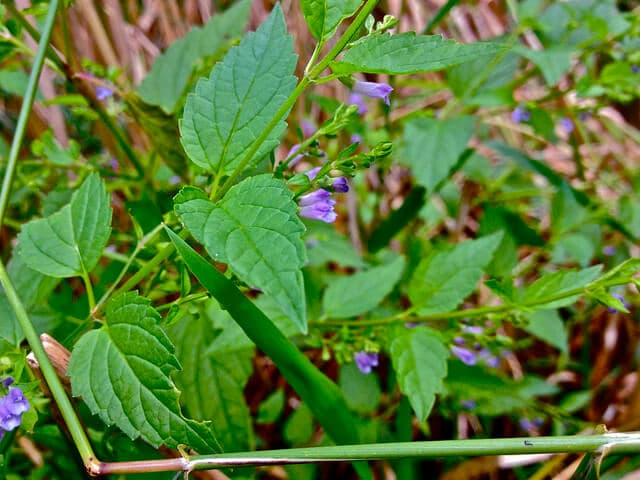
Hearing the word skullcap, people might immediately think of helmets or even skeletons. However, the blue skullcap plant (Scutellaria lateriflora) is none of those things. Blue skullcap is a hardy perennial plant that belongs to the mint family. It’s native to North America and it has been cultivated for its medicinal properties. This plant got […]
American Witch Hazel, an Underrated Herbal Remedy
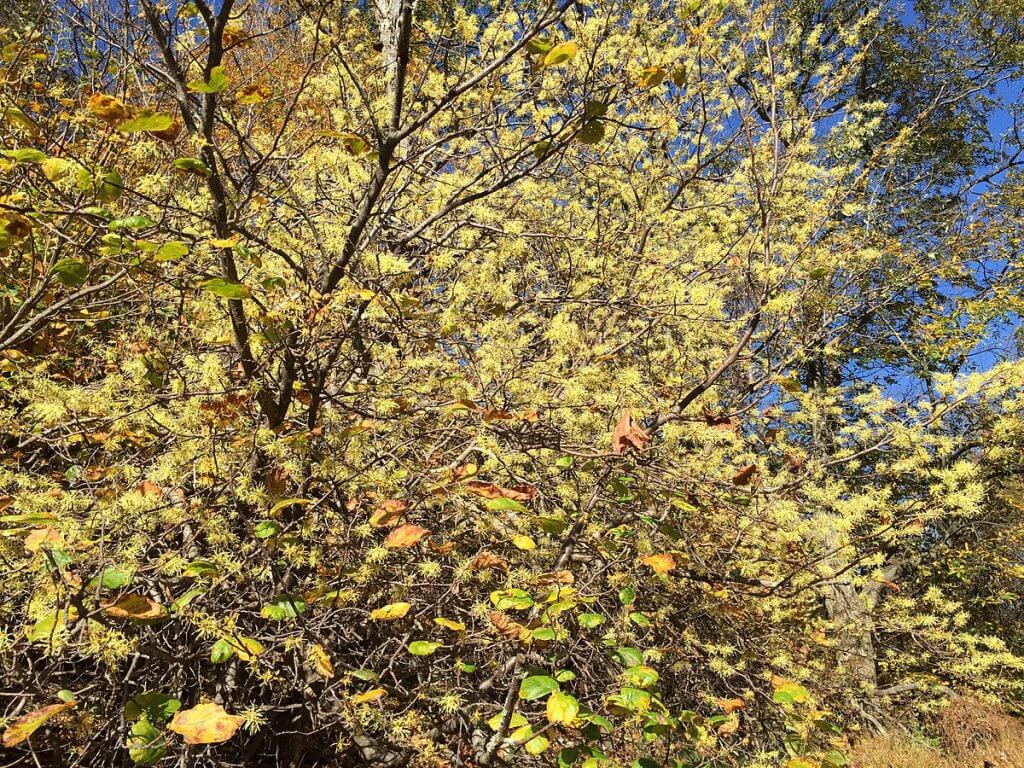
Despite being useful, the American witch hazel (Hamamelis virginiana) is a very underrated plant. This flowering plant can be found growing across North America. Additionally, it’s been used to make a homeopathic remedy for skin problems and inflammations for centuries. Various Uses Witch hazel leaves, bark, and twigs are boiled and distilled to make medicine. […]
Musk Mallow, Dainty and Elegant Yet Very Nutritious
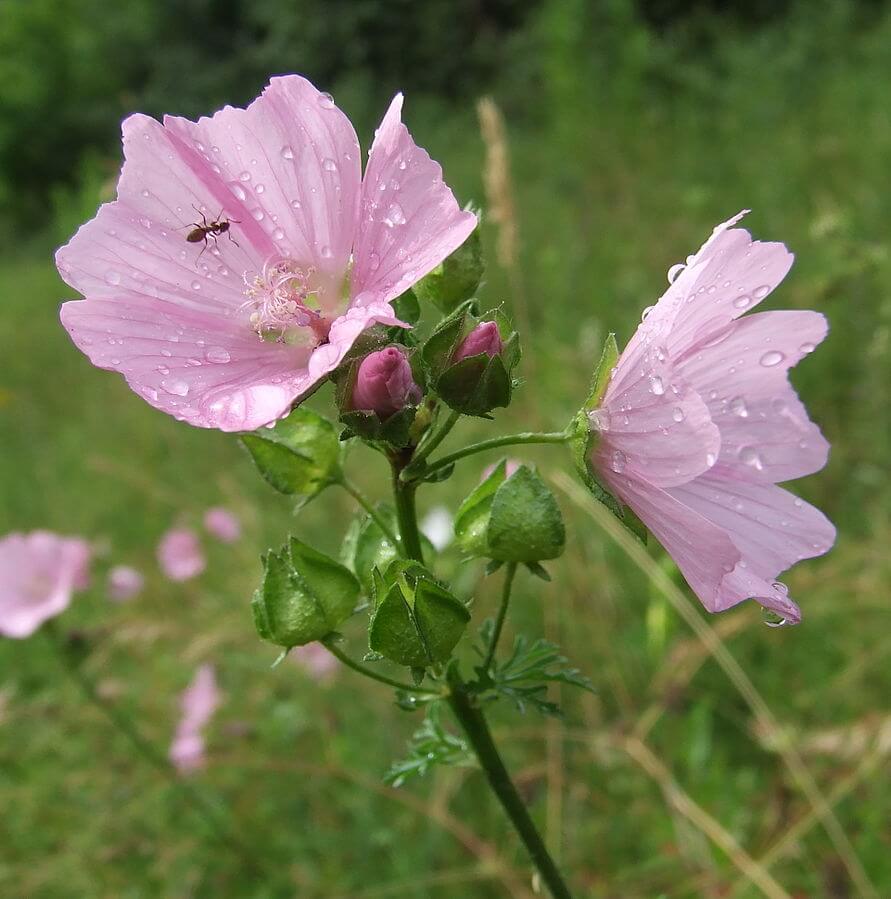
With delicate pink flowers, you might not have guessed it, but the beautiful musk mallow plant (Malva moschata) is edible. In fact, all parts of this plant are edible and good for your health. This includes its roots, leaves, flowers, and seeds. This elegant perennial plant is native to the British Isles, mainland Europe, and […]
Lemon Balm, the Refreshing and Fragrant Herb
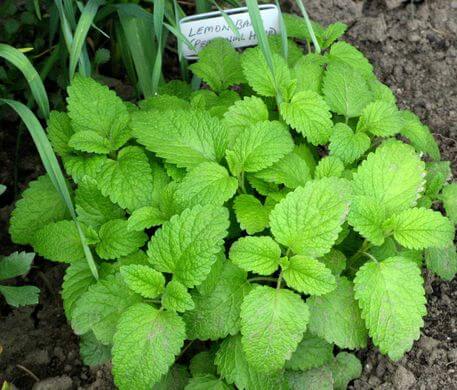
Lemon balm (Melissa officinalis) is a perennial herb from the mint family. It’s native to the Mediterranean region and Central Asia, but it has been also naturalized in Europe, Asia, and America. The most distinctive feature of lemon balm is its refreshing fragrance that’s a mixture of citronella and mint. This plant typically grows up […]
Corn Salad, a Tasty and Nutritious Wild Edible
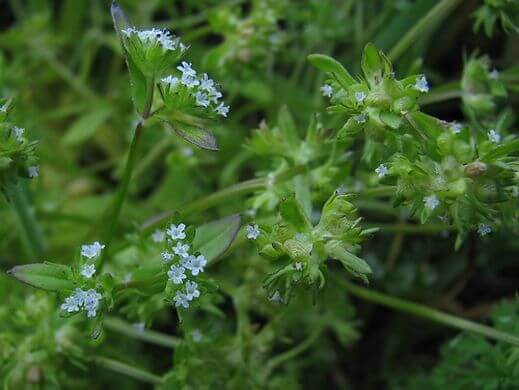
The inconspicuous corn salad plant (Valerianella locusta) was once considered a weed. It’s native to Europe, northern Africa, and western Asia where they can be found growing freely in grain fields. In fact, the name corn salad came from the fact that this plant usually grows as a weed in corn fields. But in the […]
Comfrey, Slightly Toxic but Holds So Many Health Benefits
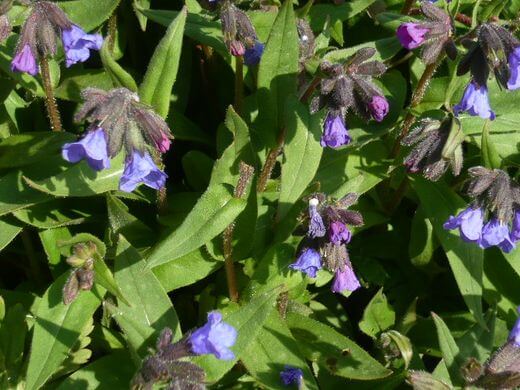
With high nutrition contents, the common comfrey (Symphytum officinale) is very popular among herbalists. This herb has exceptional medicinal properties. There’s a catch, though. This herb is slightly toxic. But its health benefits greatly outweigh its drawbacks. This plant is part of the borage family and it’s native to Europe. Comfrey grows in other places […]
Chervil, a Delicate and Versatile Spring Herb
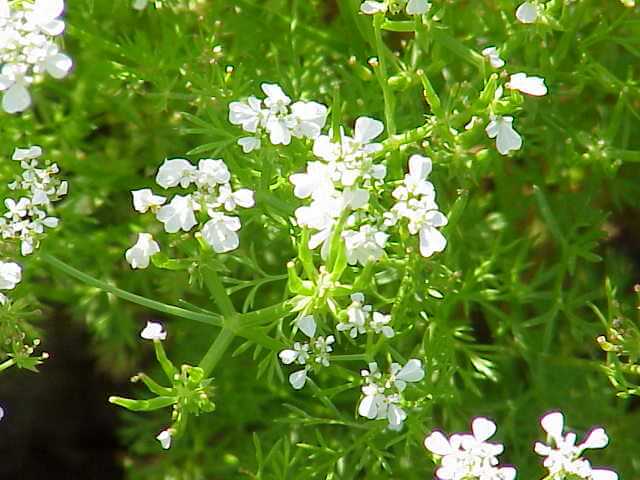
Sometimes also called French parsley, chervil (Anthriscus cerefolium) is a mild herb that plays an important role in French and Mediterranean cuisines. This annual plant is native to Europe. This herb is closely related to parsley and the two herbs look very similar. But, chervil leaves tend to be smaller, frillier, and paler in color […]
Bee Balm, Great for Bees and Humans Alike
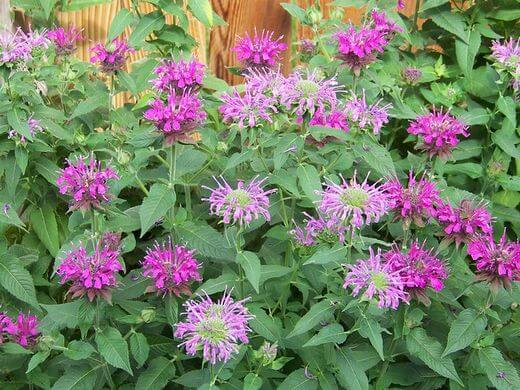
The bee balm plant (Monarda didyma) is a perennial native to North America. This plant is especially common in the Eastern US and can be found growing in woodlands area and along stream banks. They typically grow up to around 2’ to 4’ tall and clump together in a cluster. Most people recognize this plant […]
Anise Hyssop, a Fragrant and Nutritious Herb
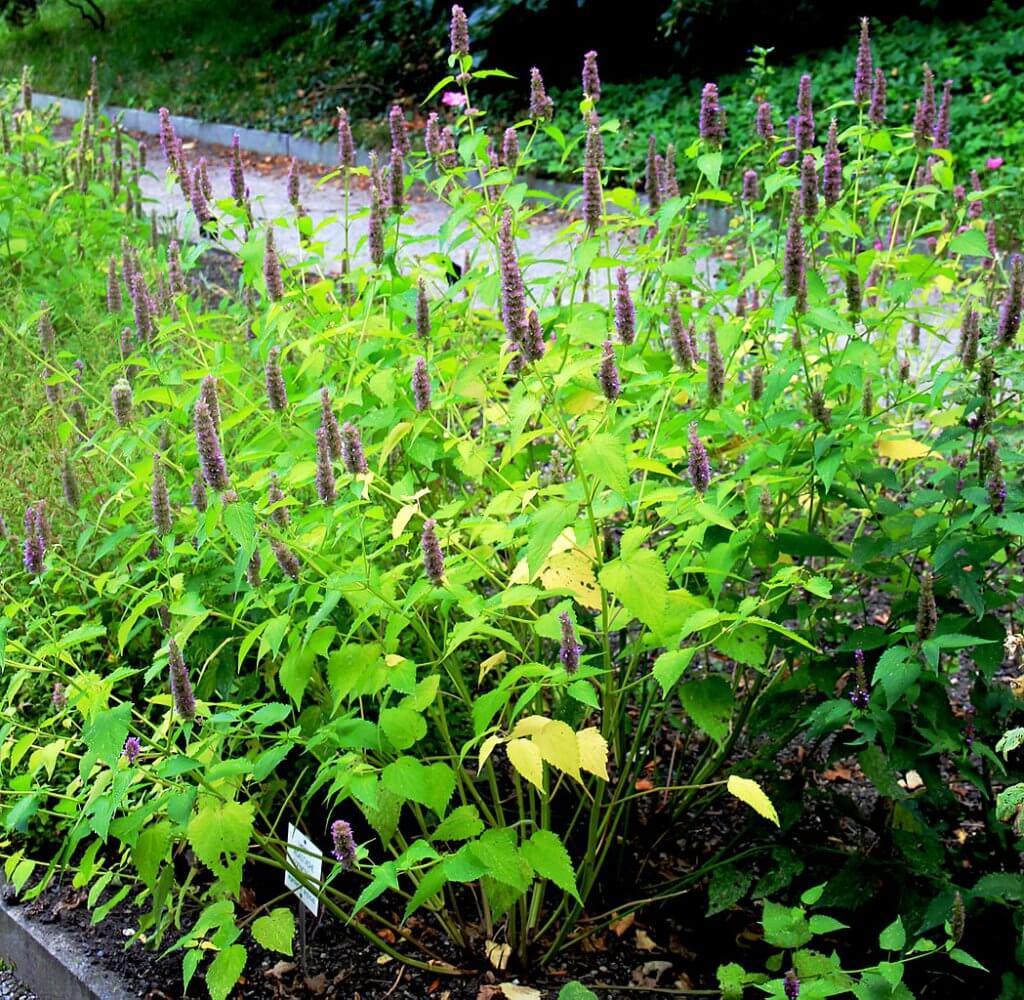
Commonly known as anise hyssop or simply Agastache (Agastache foeniculum), this perennial herb is part of the mint family. It’s a native from northern America and north-central America. This plant has striking lavender-like flowers which start blooming in the early summer. These flowers are what made them a popular favorite for both bees and gardeners. […]
Perilla, a Delicious and Nutritious Asian Edible
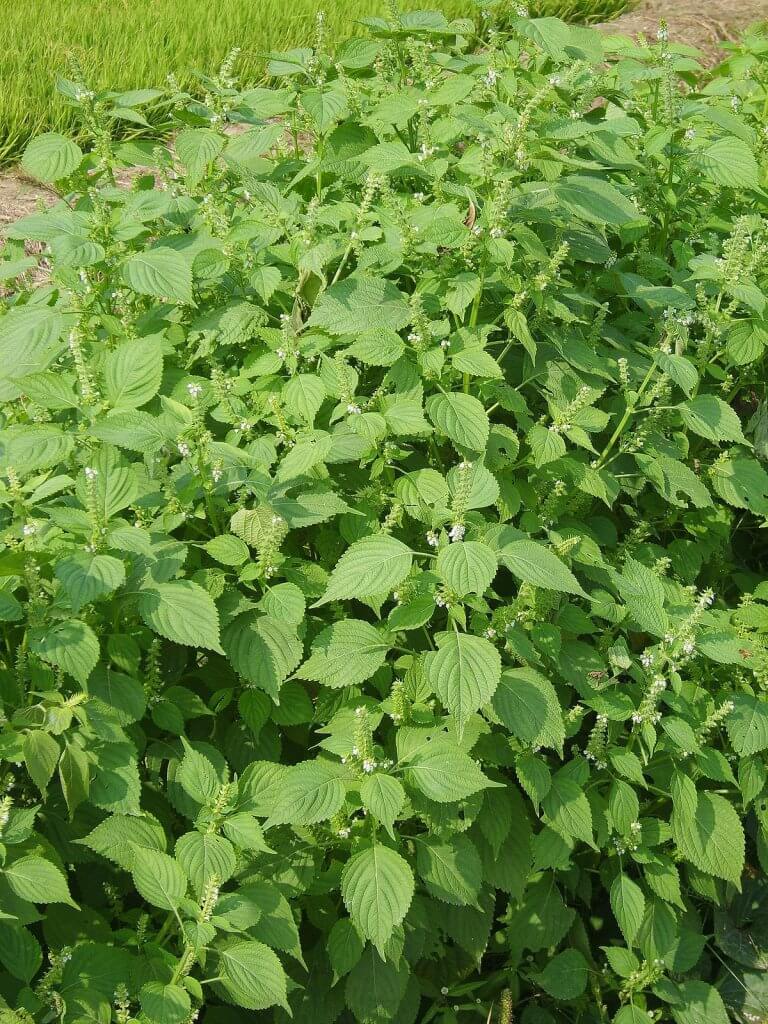
Commonly seen as an invasive weed in the Western world, perilla (Perilla frutescens) is actually a prized herb hailing from Asia. It’s native to mountainous areas in Southeast Asia and India and is widely cultivated in East Asia as a popular crop. As a hardy and self-sowing plant, it can be found in just about […]
Borage, the Lovely and Tasty Starflower
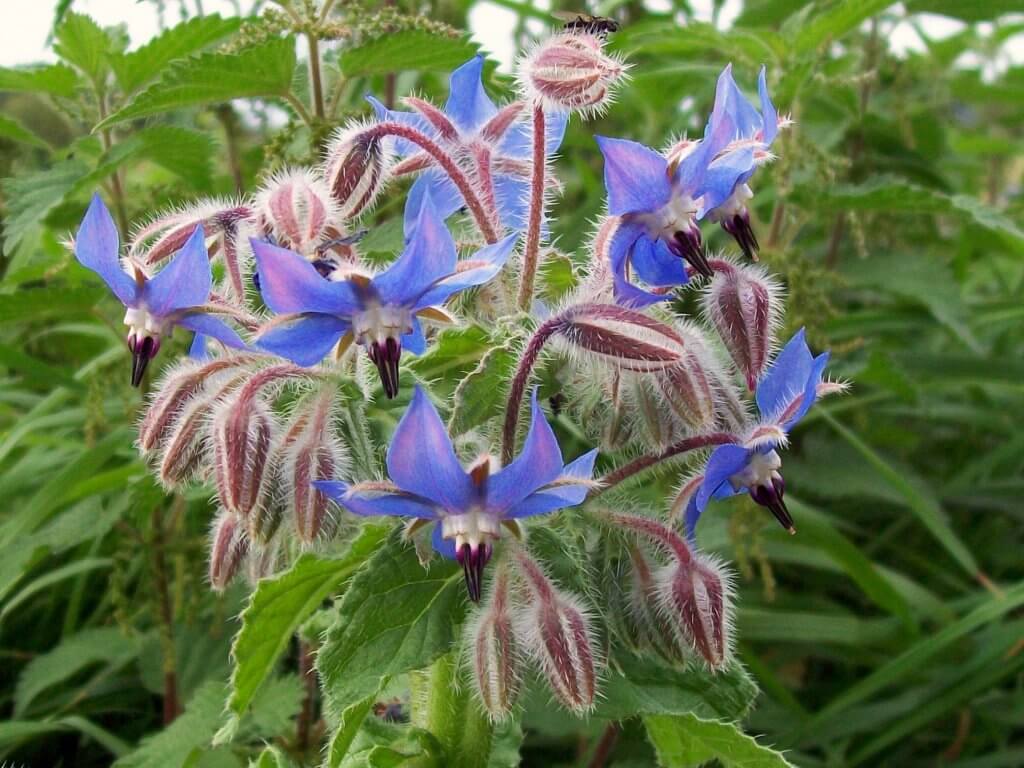
The Borage herb (Borago officinalis) is a Mediterranean native that is also commonly found in different parts of Europe and in the UK. Borage can typically grow to be 2’ to 3’. Many people can recognize this herb from its beautiful star-shaped flowers. They are typically blue, but white and pink variants also exist. As […]
Greenbrier – Winter and Spring Wild Edible

The roundleaf greenbrier(Smilax rotundifolia) is often underestimated as a wild edible. Even most of the published literature I have seen doesn’t hightlight the full utility of this plant as a wild edible. In reality this plant is an extremely useful wild edible at the right times of year. The roundleaf Greenbrier is plentiful in the […]
Broccoli and Wild Garlic Recipe

Wild Garlic Wild garlic is a name that actually refers to many edible plants. This particular Wild Garlic (allium vineale), also called Crow Garlic, is a very common species introduced from Europe and Africa. Onions, leeks, and shallots are also in the genus allium. Wild Garlic grows in many soil types, and is most active […]
